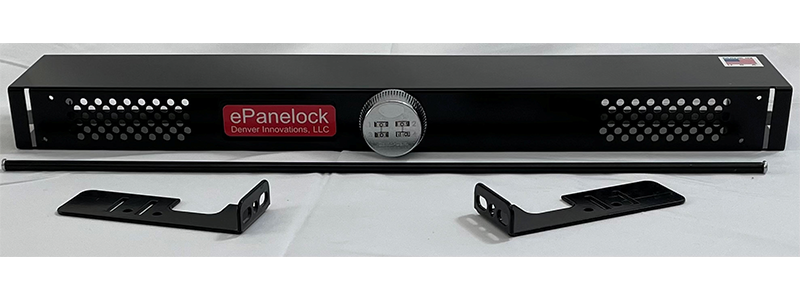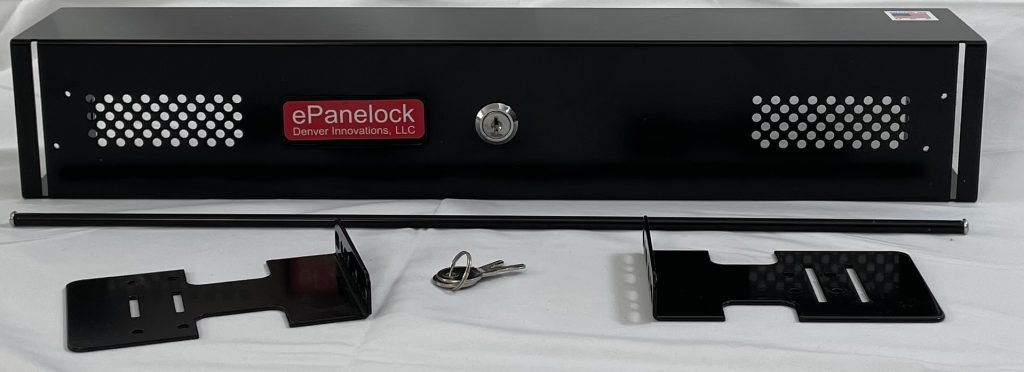What is a Cable Management Panel?
In network infrastructure, good cable management is crucial for keeping data centers running smoothly. The use of cable management panels within server racks exemplifies a blend of simplicity and utility, serving to streamline cable organization and safeguard equipment from potential hazards associated with disorganized cable setups.
Understanding Cable Management Panels
A cable management panel is essentially a bracket used in server racks and cabinets that helps organize and secure cables. It consolidates network cables, ensuring they are neatly arranged and accessible. This contributes significantly not only to the system’s operational efficiency by improving airflow but also enhances safety by reducing clutter that could lead to overheating or tripping hazards.
The Significance of 1RU and 2RU Cable Management Panels
The designations “1RU” and “2RU” refer to the height of cable management panels in Rack Units, with one Rack Unit measuring 1.75 inches. These terms are critical when planning rack space utilization:
1RU Cable Management Panel

The 1RU cable management panel is compact, using minimal rack space. It is ideal for smaller network setups or in areas where space is at a premium but still requires efficient cable management to avoid clutter.
2RU Cable Management Panel

A 2RU cable management panel offers double the height of its 1RU counterpart, providing more space for managing a greater volume of cables or for accommodating thicker, more robust cabling. This is particularly useful in environments with extensive networking infrastructure or where future expansion is anticipated.
Advantages of Employing Cable Management Panels
- Enhanced Organization and Accessibility: Panels keep cables organized, simplifying identification and access, which is especially beneficial during upgrades or troubleshooting.
- Safety and Airflow Improvement: Well-organized cables mean reduced risk of accidents and improved air circulation, which prevents devices from overheating, thus enhancing performance and prolonging equipment life.
- Professional Appearance: Data centers with neat cable management are visually pleasing and suggest professionalism, which is crucial in environments visited by stakeholders or clients.
- Scalability and Adaptability: Cable management panels accommodate network growth, making it easier to integrate new cables without disrupting existing configurations.
Types of Cable Management Panels
Cable management panels vary in design, each suited to specific requirements:
- Horizontal and Vertical Panels: Fit different spatial configurations, organizing cables across or along server racks.
- Brush Strip Panels: Feature bristle strips that allow cables to pass through while keeping dust out.
- D-Ring Panels: Contain open loops that support large bundles of cables, facilitating easy routing.
- Blanking Panels: Used to cover unused rack space, enhancing cooling efficiency by directing airflow to active equipment.
Key Considerations for Installation
Proper installation of cable management panels involves careful planning and execution:
- Plan for Current and Future Needs: Consider both immediate and long-term network requirements to ensure the panel can accommodate future expansions.
- Allow Sufficient Slack: Ensure cables have enough slack to prevent tension and potential damage.
- Use Labels and Color-Coding: Enhance management efficiency with clear labeling and color-coding to differentiate various types of connections.
Conclusion
A cable management panel is a vital tool in managing the complex web of cables found in modern data centers. Whether opting for a 1RU or a 2RU panel, these devices play an essential role in maintaining an orderly, efficient, and safe operating environment. By investing in robust cable management solutions like those provided by Denver Innovations, businesses can safeguard their technology investments and maintain high operational standards.
In an era where technology is integral to business operations, ensuring that your network infrastructure is both robust and flexible with effective cable management strategies like those offered by Denver Innovations is not just an option—it’s a necessity. This will help improve how your business looks and operates. It will make it easier to grow and keep things running smoothly.
Having a professional appearance is important for success. And reliability is crucial for business operations.
